Causes Of Hair Loss In Women
Hair loss in men can usually be traced back to an inherited condition called androgenetic alopecia, or male pattern baldness. Hair loss in women can sometimes be a little trickier to diagnose and does not follow the same pattern or treatments as male pattern baldness. The theory is that although male and female pattern baldness both stem from similar genetic causes, different genes may function in a different way when it comes to pattern hair loss.
Some other conditions that can cause hair loss in women are:
Hormonal changes
Most commonly associated with pregnancy or menopause. This type of hair loss is most times only temporary and can be treated to slow its progress.
Thyroid issues such as hypo/hyperthyroidism
An early sign of thyroid dysfunction is hair loss. Once treated though, this hair loss can be reversed and is not permanent.
Polycystic ovary syndrome
This affects about 10% of women in their reproductive years and can also affect hair loss.
Women are also more likely to suffer from hair loss caused by wearing tight braids or anything that puts too much strain on the hair follicle. This is another form of alopecia called traction alopecia. This type of loss can be treated with a hair transplant as long as there is no scarring of the area. Patients can also limit the effects of this form of hair loss by not choosing the types of hair styles that cause it such as tight braids, cornrows, weaves, or any type of hairstyle that leaves the scalp feeling sore.
Thin hair can also be caused by hair breakage due to over treatment of your hair. This can be caused by frequent “out of the box” hair dyes, the frequent use of hair straighteners, and the over use of hair relaxers.
It is very important for women not only to get a proper diagnosis when dealing with hair loss, but it is even more important to determine a viable and effective hair restoration plan. Some of the most effective treatments are:
Hair Transplant
The only way to get back hair in an area that has permanent hair loss is to transplant new permanent hair into that area. The follicular unit extraction (FUE) method is a great solution to not only treat hair loss in the scalp, but also to treat hair loss in eyebrows, which is also common with women.
PRP (Platelet-Rich Plasma) Therapy
This treatment is showing amazing results for not only slowing down hair loss drastically, but also strengthening the thinning hairs and accelerating robust hair growth. Besides a hair transplant, this treatment is a must have in a hair restoration plan. It is proving to be very effective in treating all forms of hair loss concerns.
Minoxidil (Rogaine)
Rogaine is a great treatment to slow down the miniaturization of hair strands and therefore stop the process of hair loss while also thickening the hair.
Finasteride (Propecia Or ProScar)
Finasteride is the only proven medication for blocking the genes that cause hair loss. It is also effective in treating hair loss in women. The dosage for women is higher than men though. Finasteride should not be taken if you are pregnant.
SMP (Scalp Micro Pigmentation)
SMP is basically a tattoo done by a professional on the scalp to resemble hair follicles. It is a great way to create the perception of hair in areas that are very thin and that can’t be treated properly by other methods.
All of these treatments are effective. For advanced hair loss, they should be used in conjunction to be sure to get the very best results.





